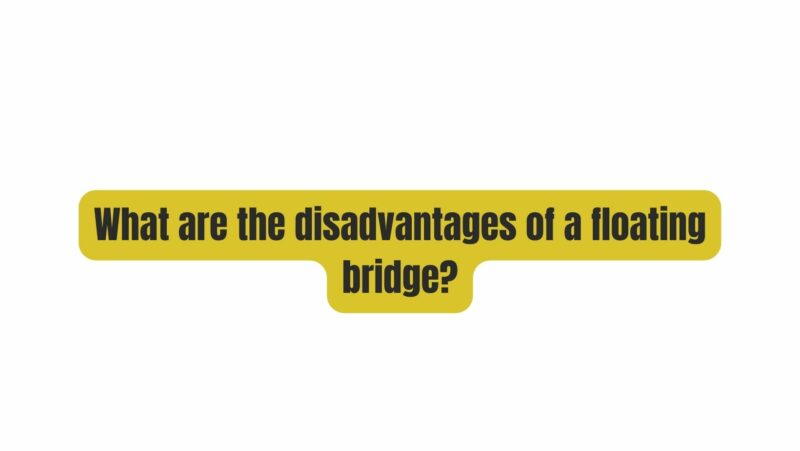Floating bridges, often referred to as tremolo bridges or whammy bars, have long been celebrated for their ability to introduce dramatic pitch variations and unique tonal effects into a guitarist’s repertoire. These bridges, as found on guitars like the Fender Stratocaster and various Floyd Rose-equipped models, have carved a place in the world of music for their versatility. However, it’s essential to recognize that floating bridges come with their fair share of disadvantages. In this in-depth article, we explore and dissect these drawbacks, shedding light on the challenges players face when using a floating bridge.
I. Tuning Instability:
One of the most prevalent and frustrating disadvantages of floating bridges is tuning instability. This issue arises from the dynamic tension changes the bridge undergoes as the tremolo arm is manipulated. Here’s a closer look at how tuning instability manifests:
- String Slippage:
- When pitch variations are introduced by using the tremolo arm, the strings can slip out of tune.
- This can happen gradually or suddenly, especially during aggressive whammy bar techniques.
- Frequent Retuning:
- Players with floating bridges often find themselves retuning their guitars more frequently, both during and after performances.
- This can disrupt the flow of a live show or recording session.
- String Stretching:
- The continuous tension changes exerted on the strings can lead to premature string stretching, further contributing to tuning instability.
II. Setup Complexity:
Another significant disadvantage of floating bridges is the complexity involved in setting up and maintaining these systems. Achieving optimal playability and tuning stability with a floating bridge requires a deep understanding of its components and their interplay:
- Balancing String and Spring Tension:
- Achieving the right balance between string tension and spring tension is critical for a functional floating bridge.
- It requires careful adjustment, often involving trial and error.
- Intonation Challenges:
- Setting the intonation on a floating bridge guitar can be more challenging than on a fixed bridge guitar.
- Proper intonation is crucial for accurate pitch across the fretboard.
- Time-Consuming Process:
- Setting up a floating bridge can be time-consuming, especially for players without experience.
- Frequent adjustments and fine-tuning are often necessary.
III. String Changes:
Changing strings on a guitar with a floating bridge can be more involved and labor-intensive compared to guitars with fixed bridges. Here’s why:
- String Removal:
- When replacing strings on a floating bridge guitar, all strings must be removed simultaneously to maintain balance.
- This can be cumbersome and time-consuming.
- Re-Balancing:
- After changing strings, the bridge’s balance may be disrupted, necessitating adjustments to restore proper float and intonation.
IV. Limited Resting Pitch:
One critical disadvantage of floating bridges is their inability to maintain a stable resting pitch. Unlike fixed bridges, which provide consistent tuning, floating bridges allow for pitch variations both above and below the resting point:
- Resting Pitch Variations:
- The resting pitch, when the guitar is in its neutral state, can vary as a result of the bridge’s mobility.
- This can make it challenging to maintain precise tuning for extended periods.
- Incompatibility with Alternate Tunings:
- Floating bridges can be less accommodating of alternate tunings, as the increased string tension from tuning changes can lead to tuning instability.
V. Not Ideal for All Genres:
Floating bridges have become synonymous with specific music genres known for their use of whammy bar techniques. However, they may not be suitable for all musical styles:
- Jazz and Classical:
- Genres like jazz and classical music prioritize tuning stability and often require precise pitch accuracy.
- Floating bridges may not align with the requirements of these genres.
- Blues and Country:
- Styles that emphasize subtlety and nuanced playing may not benefit from the extreme pitch variations offered by floating bridges.
VI. Maintenance Costs:
While not a direct disadvantage of floating bridges, it’s essential to consider the potential financial implications of owning a guitar with a floating bridge:
- Professional Setup:
- Achieving and maintaining a well-functioning floating bridge often requires professional setup services.
- This can lead to additional expenses over time.
- String Replacement:
- As mentioned earlier, changing strings on a floating bridge guitar can be more involved, potentially requiring more frequent visits to a guitar technician.
Conclusion:
While floating bridges undoubtedly offer exciting possibilities for expressive pitch manipulation and tonal exploration, they also come with significant disadvantages that can be frustrating for many players. Tuning instability, setup complexity, string change challenges, limited resting pitch stability, genre limitations, and potential maintenance costs are all factors that players must consider when deciding whether a floating bridge is right for them.
Ultimately, the decision to use a floating bridge should be informed by your playing style, musical preferences, and willingness to tackle the challenges it presents. For some, the expressive capabilities of a floating bridge are well worth the effort, while others may prefer the reliability and simplicity of a fixed bridge. Regardless of your choice, it’s essential to weigh the pros and cons carefully to ensure that your guitar suits your musical goals and playing needs.


